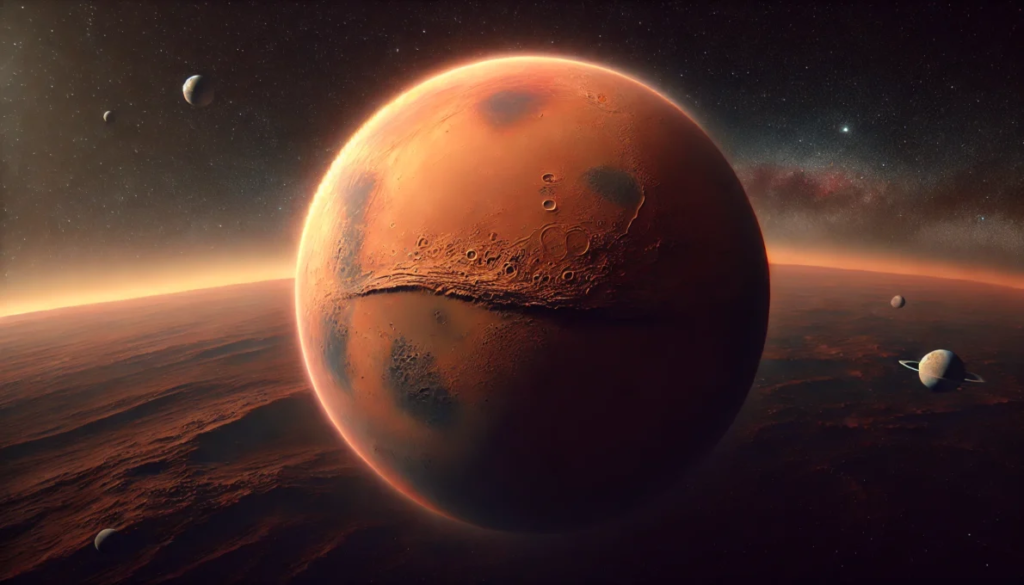China creates new ‘Mars battery’ that generates power from its atmosphere
The battery can operate for months with a charge/discharge cycle life of 1,375 hours, equivalent to Martian month.

China has discovered a new way to restore batteries in the bases, rovers, and other equipment that goes to Mars to study and explore life on Mars. A team of scientists from the University of Science and Technology of China has developed a unique Mars battery that can capture and store the Martian atmosphere as fuel during the discharge process of equipment. This innovative approach could significantly enhance the sustainability and efficiency of missions on Mars.
Energy is the primary element that is needed for any instrument or module that goes to study other planets but carrying the relevant infrastructure from the earth is not feasible.
According to the researchers, this concept could significantly reduce the extra battery weight carried during a mission, making it more convenient.

Mars‘s atmosphere is particularly filled with gases like carbon dioxide, nitrogen, argon, oxygen, and carbon monoxide with varying day and night temperatures to 60 degrees celsius. In such conditions, the battery needs to work perfectly.
Scientists also revealed in the study how these Mars batteries work in Mars’s atmosphere. It was published in the journal science bulletin.
How does this work?
By continuously reacting with chemicals the battery directly uses the gases present in Mars’s atmosphere as its fuel source. This method removes the hustle of storing energy unlike in usual batteries.
During discharge, the battery’s electrodes interact with Martian gases, triggering a chemical reaction that generates electricity. When the battery is depleted, it can be recharged using solar or nuclear energy.
The press release noted, “Once exhausted, the battery can be recharged with solar energy collected from the Martian surface, allowing it to be ready for future discharges.”
Surprisingly, the battery can operate for months with a charge/discharge cycle life of 1,375 hours equivalent to a Martian month. It is capable of operating in harsh and varying conditions on Mars with a freezing point of 0 degrees celsius.
The researchers have also optimised the battery’s design to enhance its performance. They aimed to increase the interaction between the Martian atmosphere and the battery’s electrodes during charging and discharging, improving efficiency and energy capacity. The design features a folded cell structure, providing a larger surface area for the Martian atmosphere to contact the integrated electrodes.
You might also be interested in – Is Elon Musk’s Mars dreams at risk? 5 starship mission ready for launch, but Kamala Harris could ‘choke the mission’



